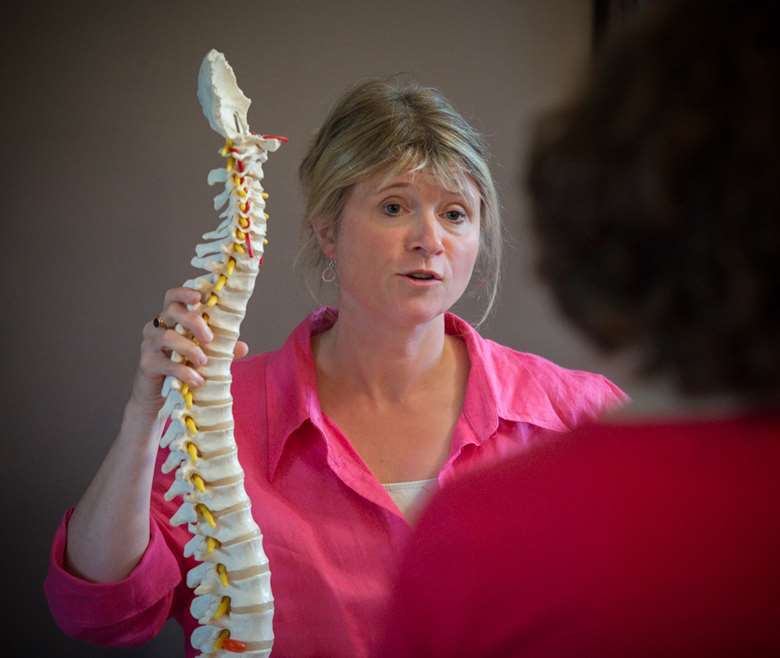Body Mapping: preventing and addressing musicians’ injuries
Jennifer Johnson
Friday, February 4, 2022
Jennifer Johnson discusses how musicians can become disconnected from the way their bodies should work, and how Body Mapping can help them unlock injury-free performance.


Register now to continue reading
Don’t miss out on our dedicated coverage of the classical music world. Register today to enjoy the following benefits:
- Unlimited access to news pages
- Free weekly email newsletter
- Free access to two subscriber-only articles per month